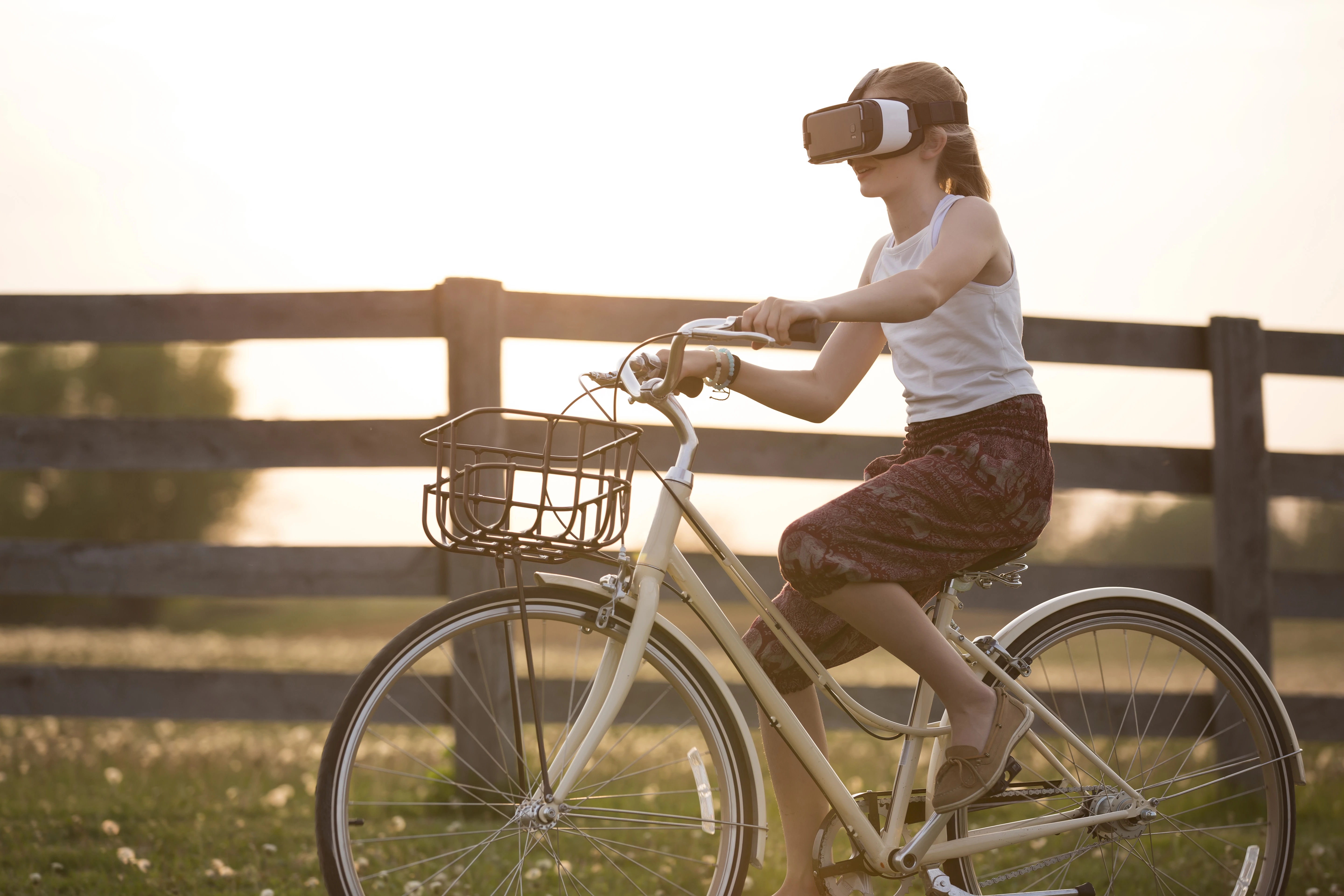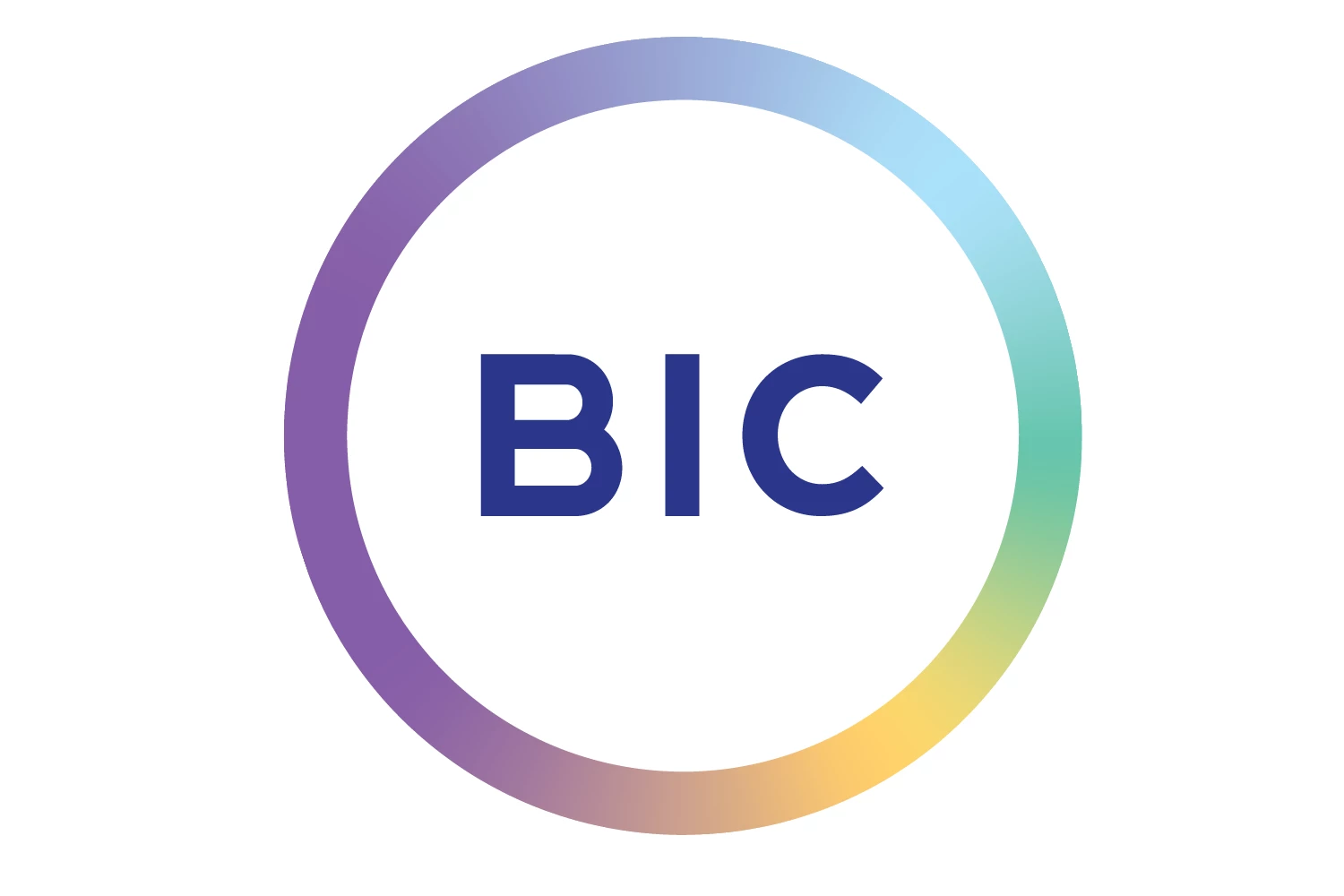
Member Article
New “Future Forecasts” report calls on brands to wake up to "dramatically shifting” needs of young consumers
Brands and businesses selling products for children need to “up their game” in 2018 and beyond to cope with an environment that is “shifting dramatically”, according to the latest Future Forecasts report from Manchester-based market research and insights agency, Kids Insights.
The Kids Insights “Future Forecasts” report for 2018 and 2019, based on feedback from 20,000 young people over the course of the last 12 months, shows how brands are being forced to adapt to technological innovations, the demands of modern young consumers, the rise of YouTube superstars, and increasing need for gender neutrality across product ranges.
The survey of 20,000 UK children reveals a number of predictions and emerging trends for 2018 and 2019, including:
• Unfiltered opinion and authenticity – not a portrayal of perfection - could win child fans over • Despite the controversy, the rise of YouTube influencers may continue unabated • Toys and products may become ever-more gender neutral • Reading and publishing may undergo an innovation revolution • Younger generation – Generation Upgrade – could demand more sustainability in products • eSports could prove the next big opportunity for brands
According to Applied Futurist and broadcaster, Tom Cheesewright, “understanding how children are adopting and adapting to new technologies is hugely valuable” for brands desperate to recognise future trends early.
The Future Forecasts report comes as thousands of UK brands begin shaping their marketing, licencing, content and product development investments in 2018 and 2019.
“In the battle for children’s attention and ultimately their hearts and minds, innovation is increasingly critical,” said Nick Richardson, Futures Analyst at Kids Insight. “The brands which are enjoying success are those which are extremely responsive to the constantly developing and increasingly complex kids ecosystem.
“Trends are coming and going far quicker than ever before – and brands who are in tune with how children are behaving are able to turn these trends into opportunities rather than see them as risks. Brands that stand still are going to find it harder and harder to regain the attention of young consumers.”
The Future Forecasts report reveals that – although Virtual Reality (VR) was much heralded when it arrived on the gaming scene in 2017, it’s not expected to become commonplace in UK households until at least 2020.
And the data suggests VR could still be trumped by Augmented Reality (AR) for some time yet.
Future Forecasts author Nick Richardson said: “Apple is throwing its weight behind AR, and with our data showing that over half of all teenage mobile phone owners own an iPhone, the reach of AR could surge dramatically.
“Children’s favourite toys are also moving into the world of mixed reality with Nickelodeon recently announcing that it will be launching a range of Paw Patrol smart toys with AR capabilities, enabling fans to interact with their favourite characters in a different format. The Transformers world has also expanded into the augmented world so we think this is going to be the big breakthrough tech for 2018.
“Virtual reality devices have instead been aimed, so far, at use with high end devices, but cheaper, cardboard headsets could help them reach the mainstream.”
The Future Forecasts report also looked at trends around kids’ use of video games, social media and voice recognition. It found that most under 12s are consuming content that’s either deemed inappropriate for them or illegal, with more than half of all 4-6 year olds using some form of social media.
And when it comes to the video games boys aged 10-12 boys are playing, 60% of their favourites have an age rating of at least 16+, with Call of Duty, GTA and Assassin’s Creed all having a certificate rating of 18.
“With Facebook recently launching a ‘safer’ space for under 13s, will 2018 be the year that both platforms and content producers both recognise the specific requirements need for this age group and develop a proposition which tweens and young teens find appealing?” Nick added. “And with increased scrutiny on social media platforms it will be interesting to see how those platforms develop their propositions especially with the impact of GDPR legislation.”
The report discovered that kids are switching from typing to voice control, with almost one in four 4-6s and one in three 7-9s using the voice control function to control their tablet.
“We think that by 2020, 50% of all internet searches will be undertaken using voice control, with much of this growth coming from kids who find it natural to talk to Apple’s Siri or Amazon’s Alexa personal assistants.”
“Children aren’t just shaped by their parents, they also shape their parents’ views and behaviours,” said Applied Futurist and broadcaster, Tom Cheesewright. “Understanding how children are adopting and adapting to new technologies is hugely valuable in recognising future trends early.
“This Future Forecasts report adds new evidence to some key trends for tomorrow’s world: the primacy of augmented reality over virtual reality, the widespread adoption of voice as one of the key interfaces between us and our machines, and the growing diversity of online culture with the major esports each creating their own social tribes.”
The Future Forecasts 2018-2019 report, also reveals how young people are relating more to unfiltered opinion and authenticity – not a portrayal of perfection. And, despite some controversy, the rise of YouTube influencers continues to grow unabated.
It also predicts that toys and products will become ever-more gender neutral and more and more young people will become far more socially conscious, as the younger generation call for more sustainability in products.
Kids Insights’ experts also expect to see the rise of eSports continue in 2018 and beyond - and this could lead to an increase in the popularity of Twitch (the live streaming platform owned by Amazon), which, according to the latest data, is now watched by nine per cent of 16-18-year olds and entered the top ten for the first time.
Nick said: “As well as Twitch, more mainstream broadcasters such as BBC Three and Sky Sports are dedicating more screen time to cover eSports and properties, such as Formula 1, are investing heavily in their official eSports offering.
“We think eSports could be a £1bn global industry by 2020, with an audience of 600 million – many of these teens. As eSports become more main stream and integrated into traditional sports, the opportunities for properties, broadcasters and the licensing industry will become even more exciting.”
And the trend for innovation is likely to extend to books in 2018.
Nick said: “With the trend for co-creation continuing, where children no longer just wish to just consume, but instead to code and craft their own content – can books seek to innovate and tap into this trend?
“Using Augmented Reality technology with books could be one way to allow for wider experience with printed text. Utilising technology such as AR could help printed books reach an audience who are increasingly using screens and devices over books. We expect this to have an impact in engaging and enhancing creativity skills in children.”
This was posted in Bdaily's Members' News section by The Insights People .



 How advancements in technology are shaping the future of the economy in North East England
How advancements in technology are shaping the future of the economy in North East England
 South Yorkshire Craftsmanship and Innovation: A Tale of Heritage and Growth
South Yorkshire Craftsmanship and Innovation: A Tale of Heritage and Growth
 Demystifying Degree Apprenticeships
Demystifying Degree Apprenticeships
 Industry-focused apprenticeships pave the way for a bright future in science manufacturing
Industry-focused apprenticeships pave the way for a bright future in science manufacturing
 What’s the best hosting plan for a business website?
What’s the best hosting plan for a business website?